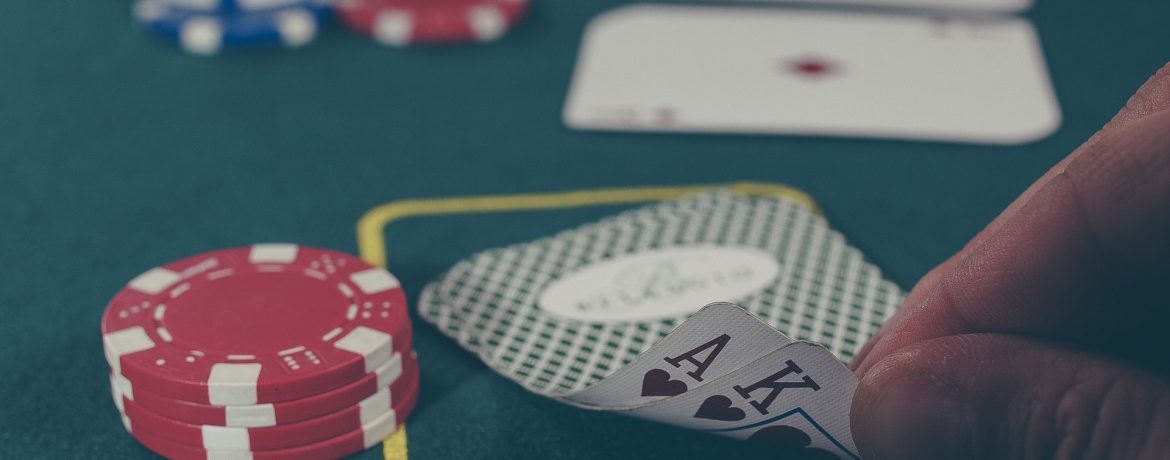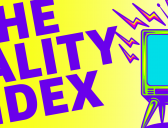If you’re playing blackjack online, you make your moves by clicking the corresponding buttons on the game’s interface. However, it gets a little more complicated when it comes to playing blackjack at land-based casinos. The rules of blackjack are the same, but you’ll need to know the correct hand signals to show the dealer which move you want to make. Let us take you through the hand signals for each blackjack move – you’ll be playing like a pro in no time.
First, let’s have a quick reminder of the moves you can make in blackjack.
Hit: Take another card from the dealer.
Stand: Don’t take another card and keep your hand as it is.
Double down: Increase your original bet by up to 100% and commit to standing after receiving one more card.
Split: If your first two cards are of the same value, you can split them into two hands and add a second bet equal to the first.
Surrender: Forfeit your hand after receiving your first two cards and get half your wager back. This move is only available at some casinos.
Why hand signals are important
Blackjack hand signals are for more than just looking the part; they’re important for both the player and the casino. Their main purpose is to make your intentions clear to the dealer, which helps ensure blackjack games remain fair and honest. Land-based casinos have video cameras positioned above tables which are known as “eyes in the sky” and are used to monitor games. These are used to identify players who cheat or steal chips and also help resolve disputes between players and casinos.
As the cameras don’t pick up sound, blackjack hand signals are used to make players’ intentions known to the casino. For example, let’s say you wanted to stand and made the signal, but the dealer made a mistake and thought you wanted to hit. As you signalled your intent with a hand signal, the casino would be able to check the camera and show that it was the dealer’s error and not yours. Likewise, if a player tries to gain an unfair advantage or wrongly disputes a dealer’s claim, hand signals can be used to prove who’s in the wrong.
The signals
Blackjack hand signals vary depending on whether you’re playing a face-up or face-down game. In a face-up game, your cards are dealt face-up and remain on the table, so your hands are free. If you’re playing a face-down game, you’ll be holding the cards in your hands, which means the hand signals will be slightly different.
Here are the hand signals you need to use when playing blackjack.
| Move | Face-up blackjack | Face down blackjack |
| Hit | Tap the table with your finger or wave your hand towards yourself. | Gently scrape your cards against the felt towards yourself. |
| Stand | Wave your hand over your cards. | Slide your cards under your chips, but try not to move your chips when doing this. |
| Double down | Place the chips you want to wager beside your original bet but outside the betting box, and point with one finger. | The hand signal is the same, but you’ll need to turn your cards face-up before placing the bet. |
| Split | Place the chips you want to wager beside your original bet but outside the betting box, and point with two fingers in the shape of a V. | The hand signal is the same, but you’ll need to turn your cards face-up before placing the bet. |
There’s no standard hand signal for surrender, so this request is made verbally, though some casinos ask players to draw an imaginary line from left to right with their index finger as well. We’d recommend asking the dealer for the casino’s preferred policy when it comes to surrendering.
Ready to play?
So there we have it – all the hand signals you need to play blackjack at a brick-and-mortar casino. Granted, if you’re a beginner it may seem easier to just verbally tell the dealer what you want to do, but remember they’re there to protect you as well as the casino. Luckily, all the signals are easy to learn, so it shouldn’t take you too long to get the hang of them.
If you’re new to blackjack, we’d advise telling the dealer your request verbally as well as using hand signals. That way, the dealer will be able to help you out if you get a signal mixed up. However, as long as you pay close attention to our guide and practice a few times, we’re sure you’ll have no problem using blackjack hand signals at your local casino.



